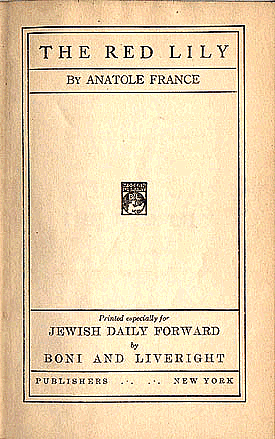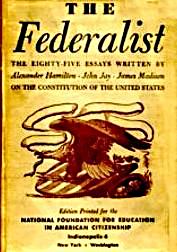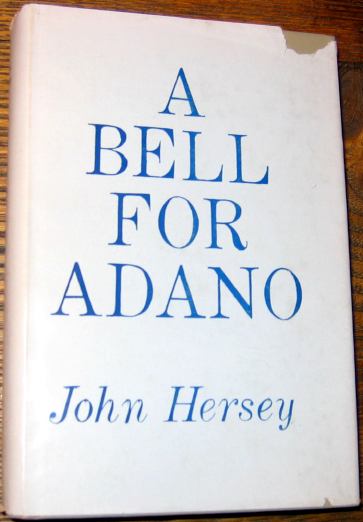Private Modern Library Printings
The Modern Library occassionally would "rent out" its plates and do special printings of short book runs for companies willing to pay the price.
Jewish Daily Forward
Here's a scarce example of France's The Red Lily published in 1924 or so for The Jewish Daily Forward in New York:

-
- In 1923-25, the paper was a daily published in Yiddish. That makes the book all the more puzzling since the majority of the Forward's readers at the time either did not speak English, or did not understand written English well enough to read The Red Lily.
- In 1923-25, the paper was a daily published in Yiddish. That makes the book all the more puzzling since the majority of the Forward's readers at the time either did not speak English, or did not understand written English well enough to read The Red Lily.
- Anatole France would have been a good choice because he had just won the Nobel Prize for Literature in 1921 and was a staunch Dreyfus supporter all through that terrible period in French history.
National Foundation For Education In American Citizenship / The Federalist
Alan Oestreich, long-time ML collector and publisher of the Modern Library Collector fanzine, reports several other "vanity" printings including a Madam Bovary again for the Jewish Daily Forward, a Federalist done for the American Legion reading "special edition printed for NATIONAL FOUNDATION FOR EDUCATION IN AMERICAN CITIZENSHIP," and a House with Green Shutters.

A Bell For Adano
This one comes from Scott Tilley. (John Krygier also has a copy) The catalog in back dates it to 1947. The spine & cover of the book are totally blank, but the book block is standard Modern Library:

- My guess is that an organization or group of some kind wanted copies for private distribution and contracted with the ML to supply them. Rather than distribute regular ML copies, they commissioned a rather generic, noncomerical looking jacket and binding. This wouldn't have been too expensive. The Wolff bindery could easily have done the job using unbound ML copies in its warehouse or copies from a current print run. (It was common, especially in the ML's early days, to store folded and sewn sheets with endpapers attached and bind them as needed -- which is why you see B&L printings with Brodzky endpapers in early ML, Inc. bindings.)
- I'm speculating, but this is plausible and I can't think of any other explanation that would fit the evidence.